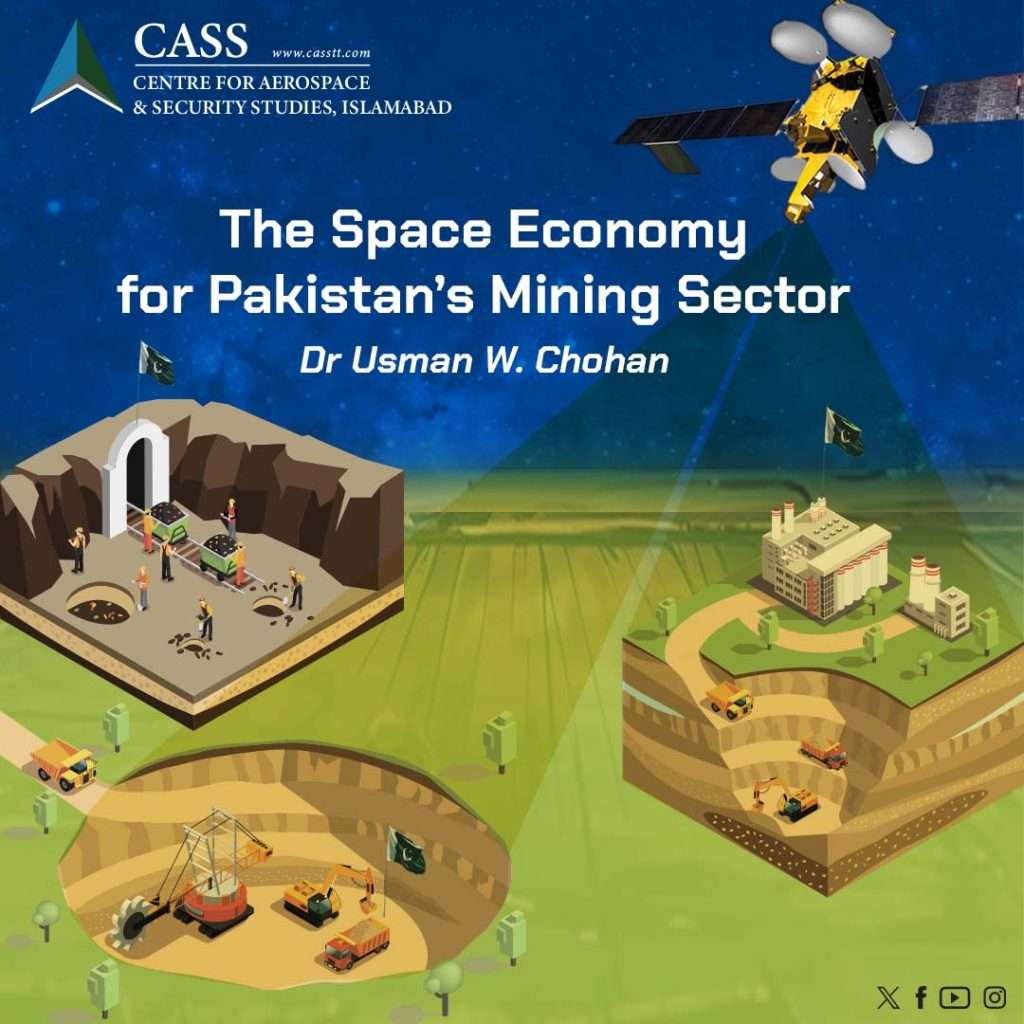The ongoing coronavirus pandemic has impacted the decision-making and political processes around the world. However, international pressure has been left wanting on many emergent political and human rights crises, such as that brewing in Occupied Kashmir. The international community has been unable to restrain India from pursuing dangerously hawkish policies, including a recklessly aggressive posture towards Pakistan. The Indian strategy is guised in several tactics which are being employed to attain its nefarious vested interests.
The Modi regime maintains an unrelenting appetite for escalating tensions with Pakistan to detract attention from domestic criticisms for gross mismanagement.. The Hindutva-inspired regime is in no mood to terminate the deadlock that exists between India and Pakistan following 27th February 2019 skirmish, rather it is more emboldened to capitalize on the ongoing pandemic to somehow strike at Pakistan.
The strategy employed against Pakistan is a multifaceted, hybrid scheme: not only limited to direct confrontations but also to impair Pakistan economically, diplomatically and exploit the fault lines existing within the state.
Pakistan’s economy is a vital domain, the instability of which provides India a definite leverage. India’s efforts to get Pakistan blacklisted by the Financial Action Task Force (FATF) are ongoing, seeking to deprive Pakistan from any sort of economic assistance from the World Bank, International Monetary Fund (IMF) and European Union etc.
It also aims to jeopardize the ongoing, China-Pakistan Economic Corridor (CPEC) by impairing the security environment of Baluchistan. The ongoing month has witnessed two attacks on the Pakistani security forces in Baluchistan.
The diplomatic front is another area which India is aiming to exploit against Pakistan. India has always endeavored to isolate Pakistan diplomatically by portraying it as the terrorism-sponsoring state. These endeavors are intact despite the pandemic.
On one hand, India is shaping its image as a state, devoted to the fight against the pandemic by providing healthcare facilities to other states; at the same time it is insinuating as if Pakistan is inclined to deliberately spread the virus across the border, recently suggested by General Bipin Rawat.
The dissatisfaction of a community towards government policies can emerge in any country noting that historical, ethnic, religious, and socio-economic divisions exist everywhere. However, such movements are only able to operate optimally when there is involvement of external actors who provide resources and streamline the efforts of such groups. Consequently, India aims to divide us internally, by constantly deepening the divisions and precipitating artificial conflicts. India has been investing in Baluchistan and groups such as Pashtun Tahafuz Movement (PTM) to widening the faultlines within Pakistan.
The strategy that India has employed is gradually unfolding before us, in the form of the recent events. The ongoing year has witnessed repeated unprovoked firing at the Line of Control (LOC) by the Indian forces, even the onset of the pandemic could not restrain India from cease-fire violations which occurred repeatedly throughout May. The Indian side tries to inject the narrative that the firing is initiated from the Pakistani side to send in terrorists.
Likewise, the media has been reporting clashes between Indian security forces and militants in Kashmir. On 2nd May, a Colonel and a Major were among five Security Force (SF) personnel killed in an encounter at the Chanjmulla in Handwara area in Kupwara District of Jammu and Kashmir (J&K). This was followed shortly by another attack in which three paramilitary Central Reserve Police Force (CRPF) personnel were killed in the same area.
This attack served as the pretext to start spreading hatred against Pakistan, alleging that the militants were supported by Pakistan. Consequently, unprovoked ceasefire violations by the Indian security forces were observed, later to be followed by aggressive statements by Indian politicians and military leadership.
The Indian Army Chief General Manoj Mukund Naravane stated that “unless Pakistan gives up its policy of state-sponsored terrorism, we will continue to respond appropriately and with precision”, alleging the Handwara attackers to be facilitated by Pakistan without any concrete proof.
Shortly afterwards, Indian ex-Army Chief V K Singh recently claimed that a plan is ready, and Army will take action when time comes, vis-à-vis Gilgit-Baltistan. In January this year, General M.M. Naravane gave a stern warning by stating “whenever government gives a go-ahead signal, Indian Army is ready to take away Pakistan occupied Kashmir”.
Likewise, high level meetings have also been convened recently. On 10th May National Security Adviser, Ajit Doval held the meeting with top commanders of Army and heads of other security agencies The meeting was attended by Indian Army Chief General Manoj Mukund Naravane, Research and Analysis Wing (RAW) Chief Samant Goel, Northern Army Commander Lt Gen YK Joshi, General Officer Commanding of the Army’s Srinagar-headquartered 15 Corps (GoC) Lt General BS Raju and the Nagrota-based 16 Corps Commander Lt Gen Harsha Gupta and Jammu and Kashmir Police DGP Dilbag Singh.
On May 8, News bulletins on state-owned broadcasters Doordarshan and All India Radio (AIR) started featuring weather forecasts for Azad Kashmir and Gilgit Baltistan, claiming them as Indian territories has intensified its brutal oppression in the valley and is oppressing the Kashmiri society on the pretext of killing militants. On 20th May, the n security forces burnt down 15 home in Srinagar after a heavy gun battle. The chronological order of the events rolling out, it can be inferred that the recent developments are not happening in isolation rather they form part of a pre-planned Indian strategy to weaken Pakistan and possibly carry out another misadventure. The rapid increase in military activities in Indian occupied Kashmir (IOK) coupled with violations across the line of control (LOC) suggest that a new plan may be brewing in the minds of Indian policymakers. In reality, it is the Indian state that is guilty of authorized terrorism against its minorities.
Though the probability of military confrontation between India and Pakistan remains debatable, the possibility of a low-intensity physical encounter between both states is not a far-fetched notion. Pakistan must remain ready and vigilant for a potential false flag operation from the Indian side to divert the attention of the international community from the Indian atrocities in the Indian occupied Kashmir (IOK) and to appease its domestic public, which is currently frustrated due to the mismanagement of the COVID-19 situation by the government.
Shaza Arif is a Researcher at Centre for Aerospace and Security Studies (CASS). This article was first published in Daily NHT newspaper. She can be reached at cass.thinkers@gmail.com.





